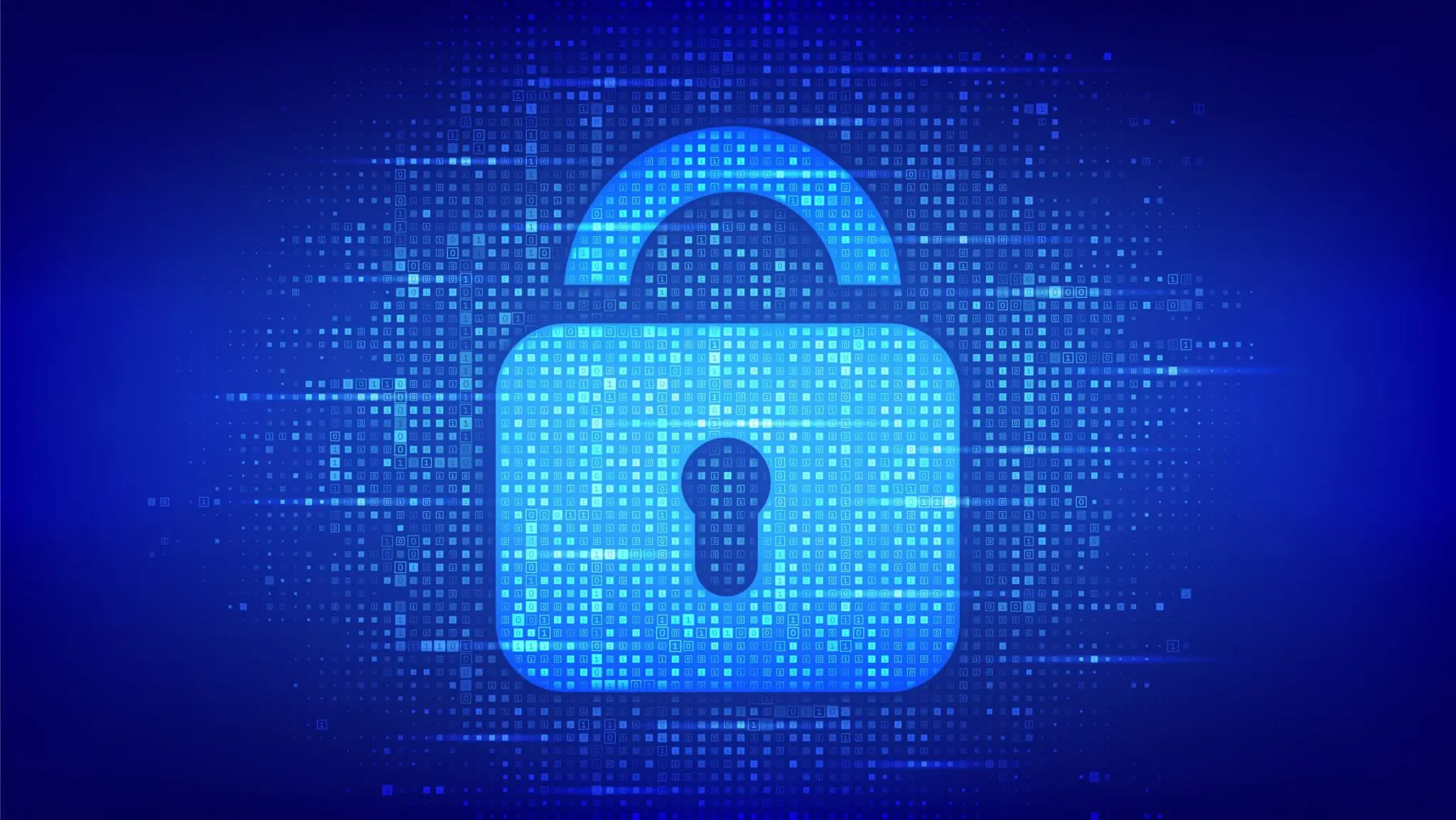The past two years have witnessed a massive spike in cybercrime as the world turned to technology for work, school, grocery shopping, connecting, and practically everything else during the global pandemic. This sudden shift left many individuals and businesses scrambling to find a sense of normalcy in our new digitally dependent world; in response, cybercriminals quickly took advantage with mass phishing campaigns, new ransomware variants, and other sophisticated attacks designed to target unsuspecting and vulnerable victims.
As we enter a new year, it is important for each of us to understand our responsibility in preventing cyberattacks. Cybersecurity can undoubtedly be challenging, but it doesn’t have to be! If you are looking to start 2022 off with a clean digital slate, consider the following cybersecurity “resolutions” that you can implement now to begin the journey of being more cyber-secure.
5 Cybersecurity Resolutions for the New Year
1. Clean up your password lists

Passwords are the thing that protect your personal information from outside attacks. Imagine that you are the ruler of a village, and your enemies are making their way to attack. Would you employ a single guard to protect every building and person across the land? No! You would send out an army of guards, each with a specific post to protect to increase your chances of a successful defense.
Your passwords work in the same way. Each of your online accounts needs its own unique password to ensure that your personal information is protected from potential attacks. If you reuse the same password for every account, all your personal information is at risk in an instant if that password is exposed by a cybercriminal seeking to infiltrate your accounts. Using an individual unique password for each account helps ensure that even if one password is exposed, your other accounts will remain protected.
2. Don’t believe everything you see

The spread of misinformation and disinformation has increased drastically in the past two years as attackers take advantage of the COVID-19 pandemic, political news, and other widely-debated topics to create tension and chaos among the public. Misinformation and disinformation are often referred to as “fake news”, and although both words refer to types of wrong or false information, only disinformation is wrong on purpose and is deliberately intended to deceive. Unfortunately, as the world remains in the midst of the pandemic and the U.S. faces another election around the corner, it’s likely that 2022 will see yet another influx of misinformation and disinformation being spread across social media and beyond.
As we navigate through the upcoming year, think twice before you share. Just because it’s online does not mean that it’s true; often, people will knowingly create sensational content just to get you to click. One of the best ways to avoid becoming a misinformation and disinformation superspreader is to consider the 5 Ws when faced with new information.
Ask yourself:
- Who is posting this information? Are they a reliable source? If not, can you find other credible sources to back up the information?
- What does the information look like? Are there facts or additional sources or is it simply someone’s opinion?
- Why are they sharing this information? Is the purpose to make you think or feel a certain way?
- When was this information released?
- Where did the source of information come from? Is it a credible source who is close to the issue in other ways?
3. Remain vigilant against phishing attacks

Phishing is one of the most common cyberattacks that can seriously impact both individuals and organizations. The COVID-19 pandemic and other global topics have given cybercriminals more fuel to target victims in their schemes, taking advantage of these hot topics to craft relevant messages and trick people into clicking on malicious links. Phishing attacks are most often delivered via email, text, or carefully crafted websites, but these messages can also be delivered on social media through the persona of a fake profile.
One thing many phishing attacks have in common is a sense of urgency, pressuring you into taking immediate action to avoid consequences. Other warning signs of phishing attacks may include poor grammar, mismatched URLs, generic greetings, urgent language, or requests for personal or financial information. When in doubt, always navigate directly to the website in question to confirm that the claim is legitimate before clicking on any links or sharing any personal information.
4. Don’t overshare on social media

While social media may seem relatively harmless aside from the common troll, oversharing can put you at a greater risk of becoming victim to an attack. Seemingly harmless details in your profile, posts, and photos can give cybercriminals the information they need to commit identity fraud, theft, and other targeted attacks.
We’ve all seen posts on social media with captions like, “So happy to get out of town for the week! #livinglife” accompanied by pictures of fruity cocktails, family selfies, and away-from-home adventures. While we may see these posts and feel a little jealous, cybercriminals and thieves see them as a sign that your home is unoccupied and vulnerable for a week, potentially giving them the opportunity to target and theft your home.
Criminals are known to monitor social media to track victims and gather information about their daily routines. One of the dangers of oversharing on social media is that strangers not only know when you’re away on vacation; they can also get to know your daily schedule and when you’re going to be away. Whether you’re on vacation sharing live stories of your adventures or simply posting updates from your daily routine, oversharing this personal information can put you at serious risk of being targeted both on and off-screen.
Aside from monitoring the information that you post, be sure to check your social media profile settings to ensure that your personal information, posts, and photos are only viewable by people you know. Additionally, refrain from accepting friend requests from people you don’t know in real life; it’s possible that a cybercriminal is behind the screen with a fake profile.
5. Regularly update your software

How many times have you clicked “remind me later” when prompted to update your device software? We’ve all been there – procrastinating the 20-minute delay in our days until we are fed up with the constant reminders and finally give in.
While sometimes a nuisance, regularly updating your software is one of the best ways to protect your devices from a cyberattack. Not only do software updates fix bugs and improve overall function, but they also fix security weaknesses that make your device vulnerable, adding an added layer of security against prying eyes even when you aren’t near your device.
